The Brother Murder
Click below to listen
All cases are featured in seperate episodes in both Icelandic and English
Icelandic
English
ABOUT THE CASE
November 13th, 1913, a man by the name of Eyjólfur Jónsson passed away, after 13 days of suffering. His death indicated poisoning, and immediately suspicions rose that his sister Júlíana Silfá Jónsdóttir was responsible. She got the death sentence, which became the last in Iceland‘s history.
The key Personas
The Victim
Eyjólfur Jónsson
Nicknamed ‘Eyjólfur the Strong’ and ‘Eyjólfur with the Iron Hands’
Born July 1st, 1863 in Vatnsbúðir, Snæfellsnessýsla:
Died November 13th, 1913 in Landakotsspítali, Reykjavík:
Incorrectly stated Eyjólfur was 48 years old, but he was 50 years old when he passed away.
Eyjólfur was murdered by his sister Júlíana Silfá, who poisoned him by putting rat poison, containing a sevenfold deadly dose of phosphorus, into skyr he ate. For 13 days, Eyjólfur slowly waited for his death, suffering the whole time. He was then 50 years old.
The Murderer
Júlíana Silfá Jónsdóttir
Born August 1st, 1865 in Hjarðarból, Snæfellsnessýsla:
Died June 15th, 1931 in Landakotsspítali, Reykjavík:
Júlíana Silfá murdered her brother Eyjólfur after her partner Jón Jónsson had encouraged her. They wanted revenge for Eyjólfur accusing them oft theft and beating Júlíana when he and jón were fighting. Jón knew Júlíana would inherit her brother’s possessions if he died, and that he could also benefit from it, being her partner.
Júlíana was then sentenced to death, which became the last death sentence in Iceland.
Photographs
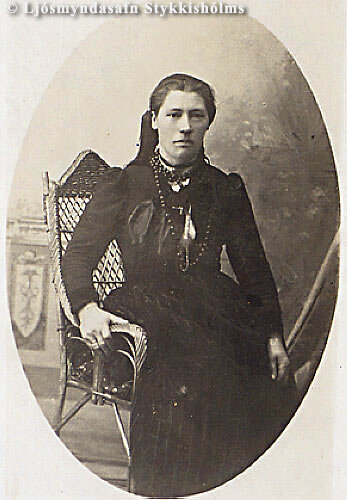

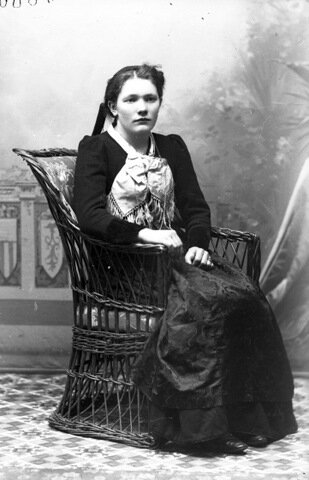
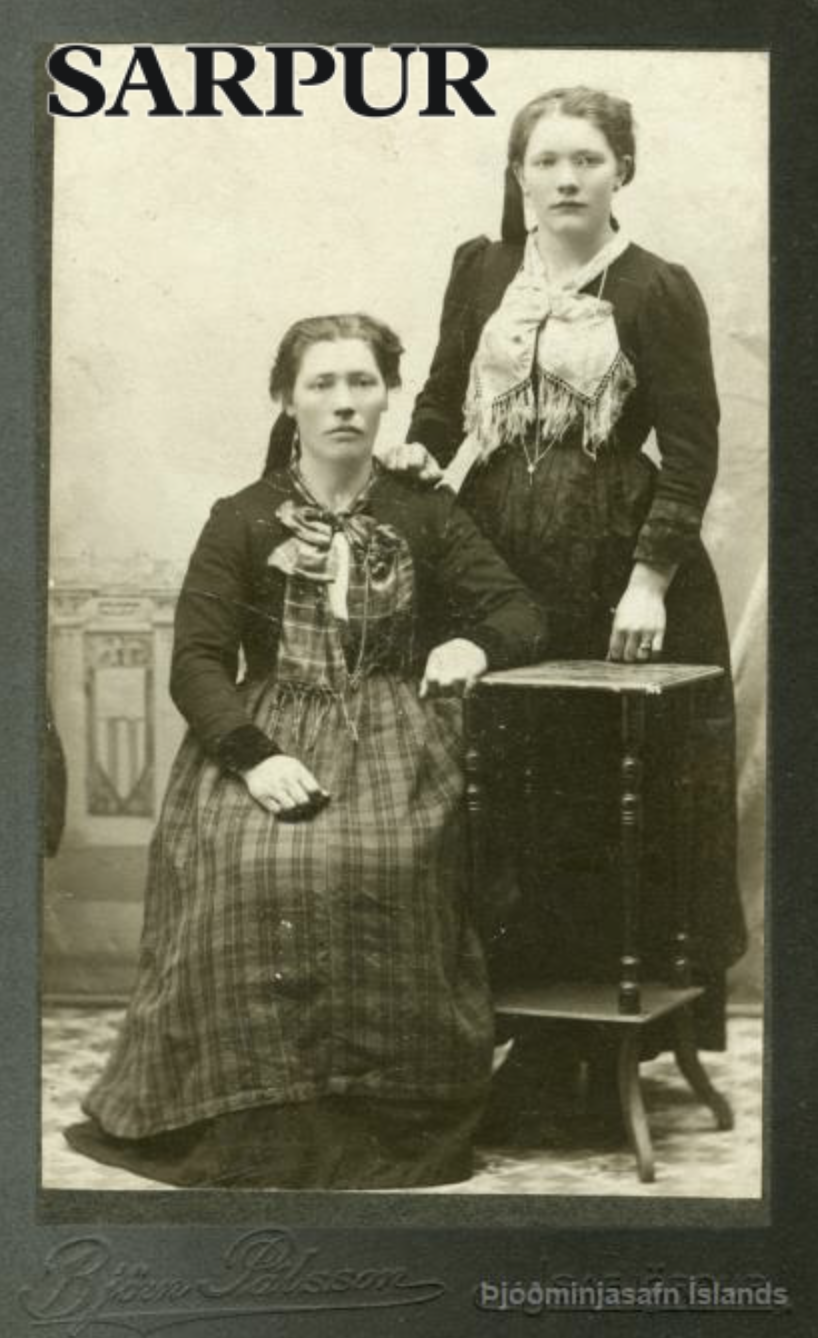

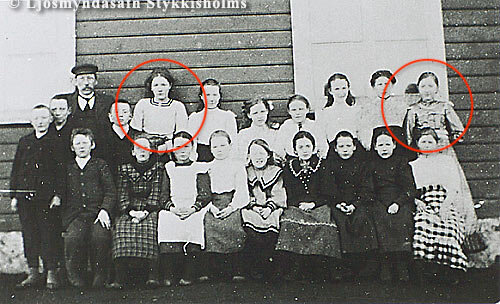
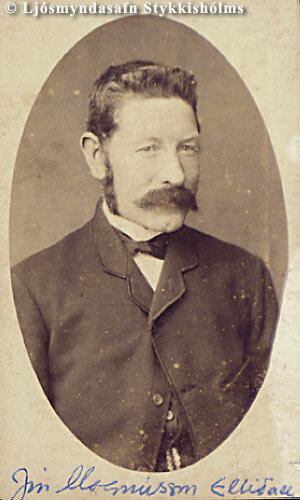
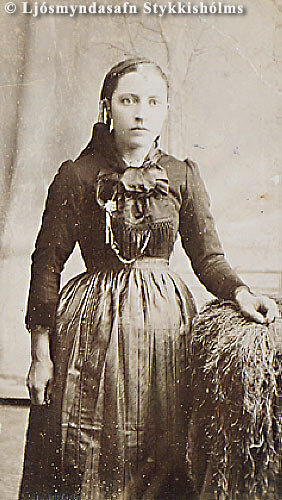
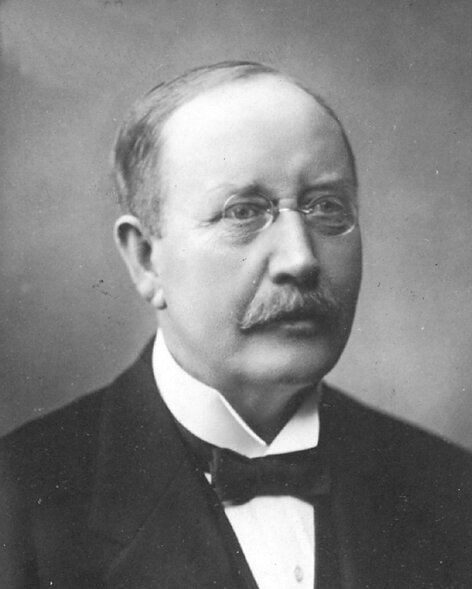
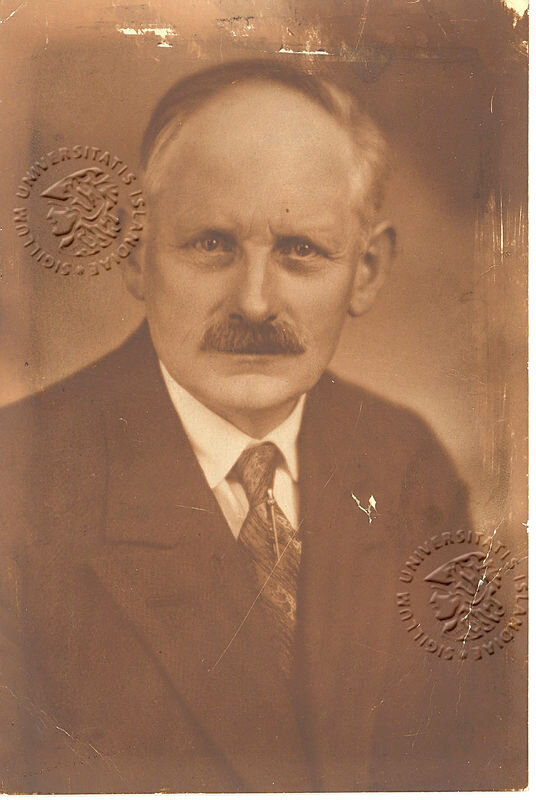
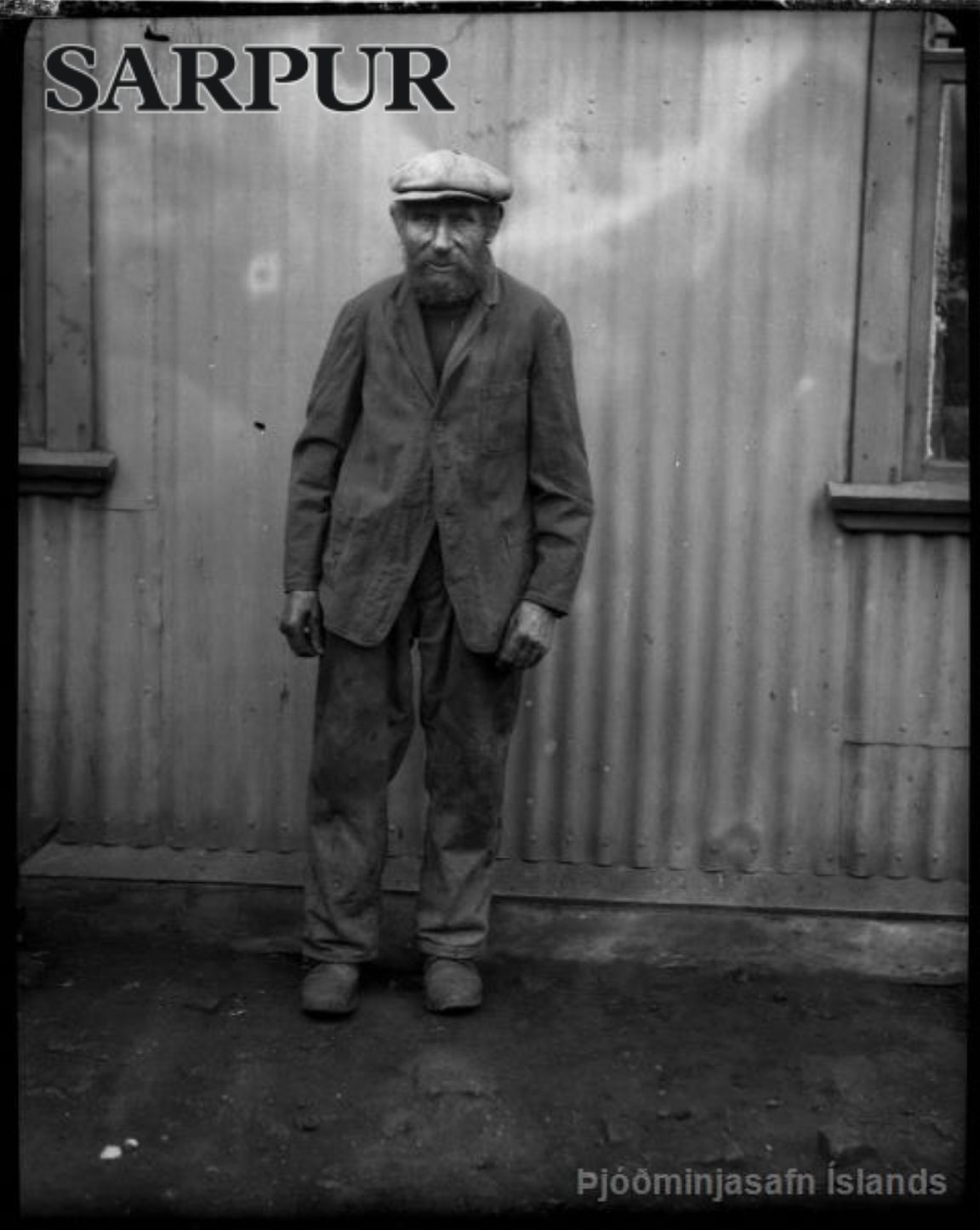

Locations
Dúkskot
Dúkskot was a turf house, built soon after the year 1800 by Jón ‘Dúkur’ Jónsson from the farm Dúkur in Skagafjörður. At the time, only 300 people lived in Reykjavik, which was then only a fishing village and had not yet become the capital city of Iceland. The street Dúkskot stood on was called Hlíðarhúsastígur, then in 1848 it was changed to Læknisgata, and in 1880 changed to Vesturgata.
Those are the people living in Dúkskot at Vesturgata 13 in 1913. This was registered before Eyjólfur moved in with them.
From the Cencus for Reykjavík, Iceland 1913.
From the same cencus in 1913. Showing Jón and Júlíana with her daughter Sylva Brynhildur, living in the basement of Brekkustígur 14. Their dates of birth are not correctly registered.
Their landlord Hákon Grímsson lived with his family on the floor above.
Dúkskot was torn down in the fall of 1919 to make way for new buildings. It was one of the last turf houses to be torn in the downtown area of Reykjavik.
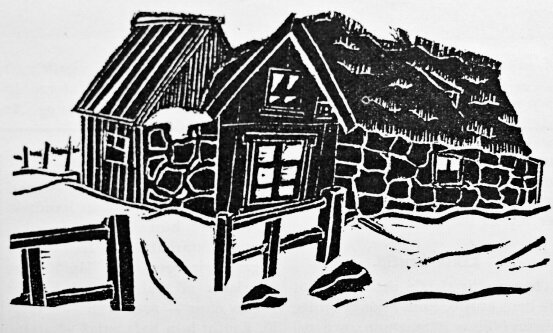

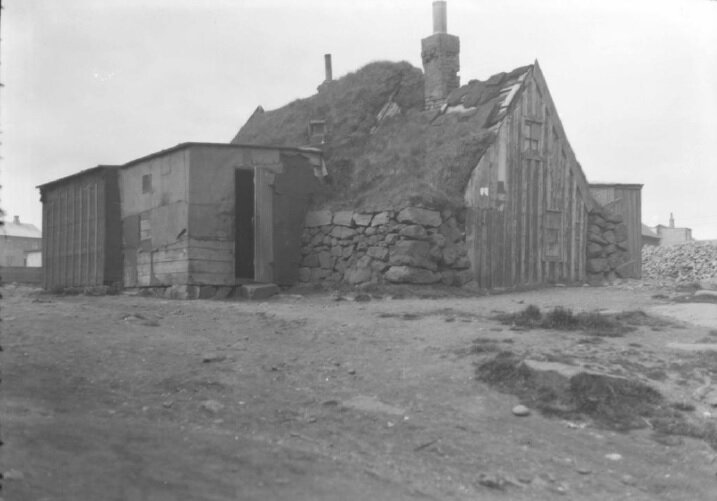

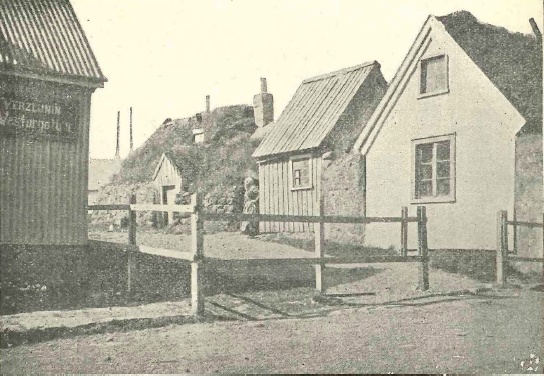
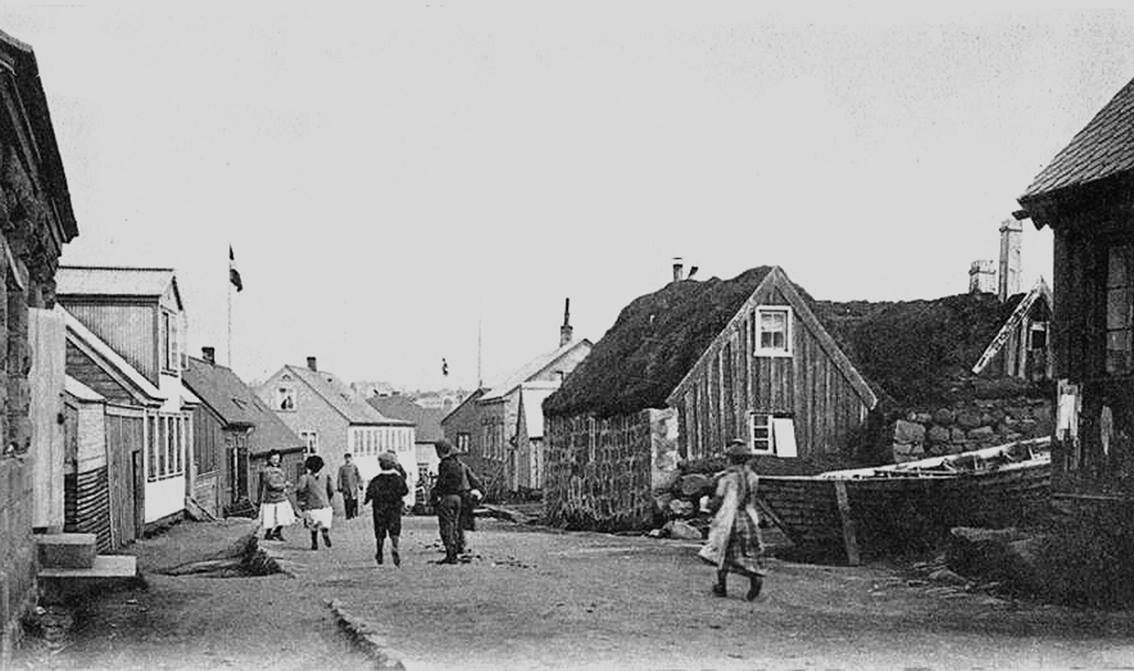




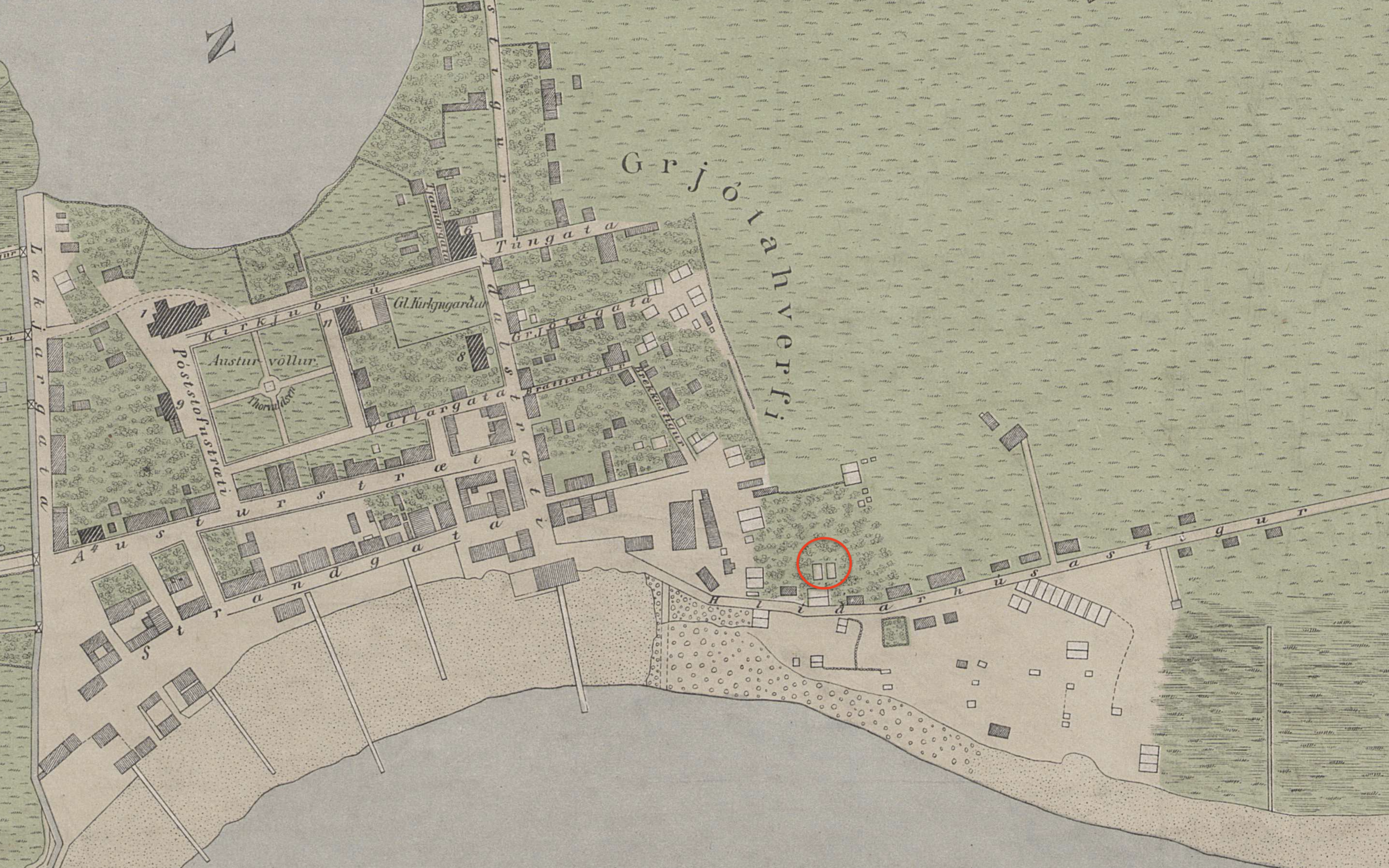
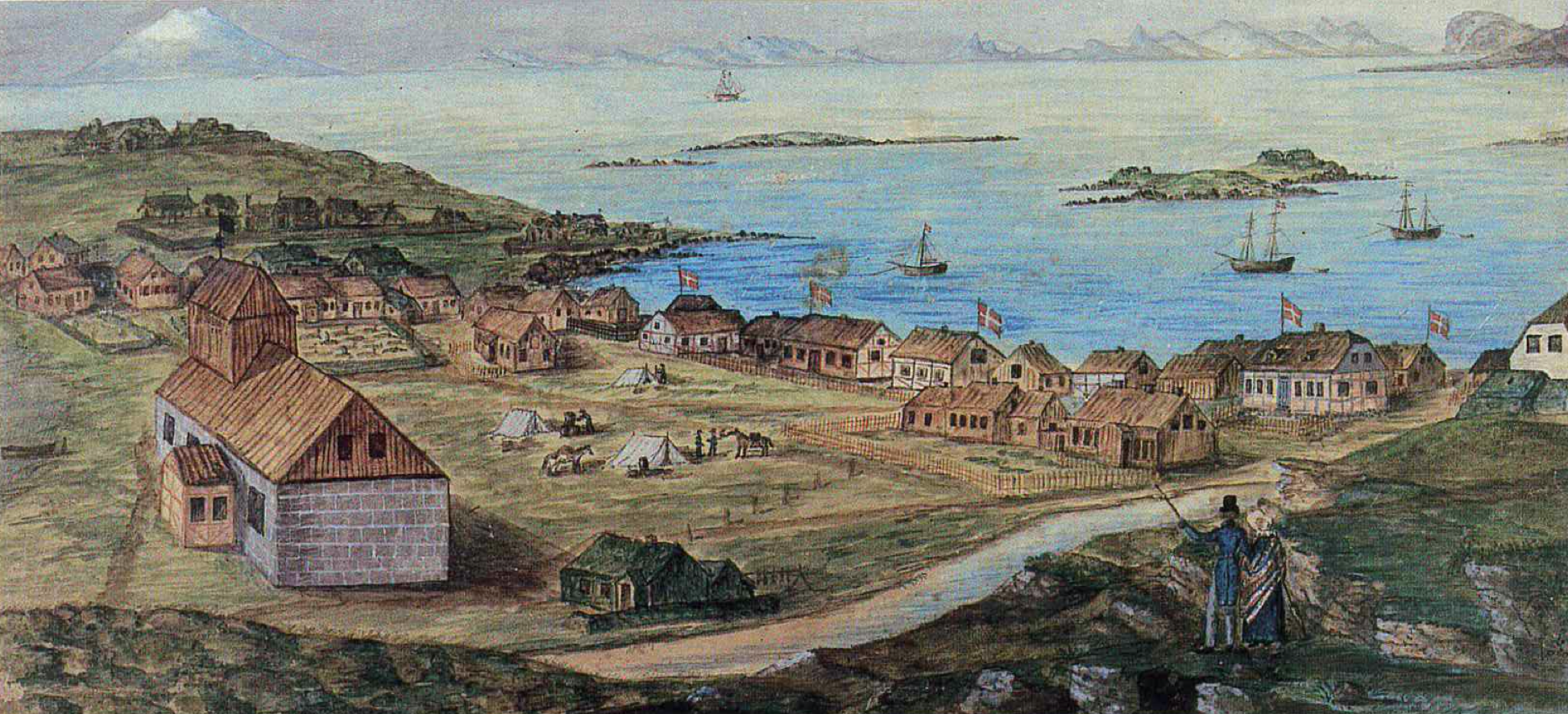
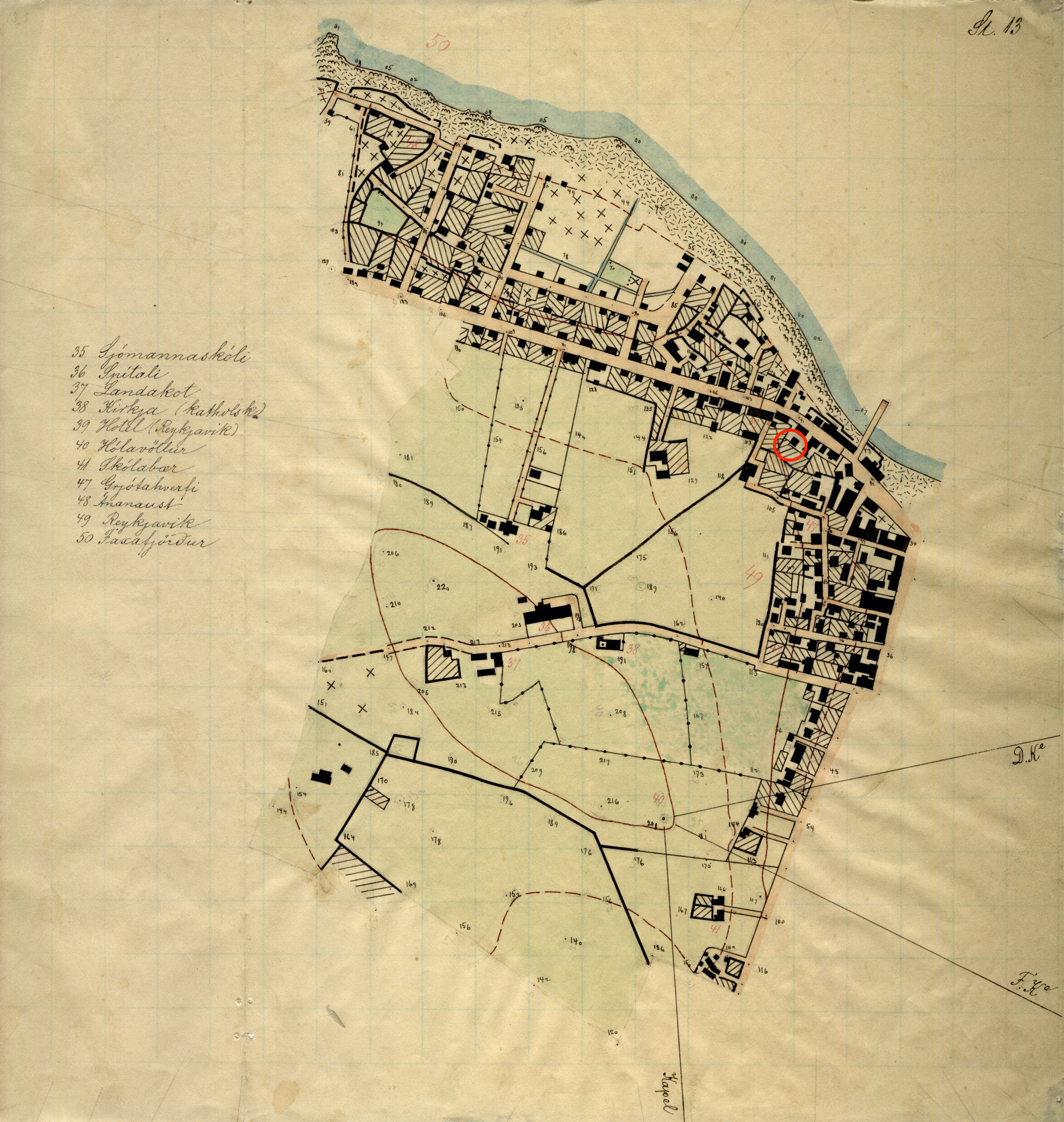


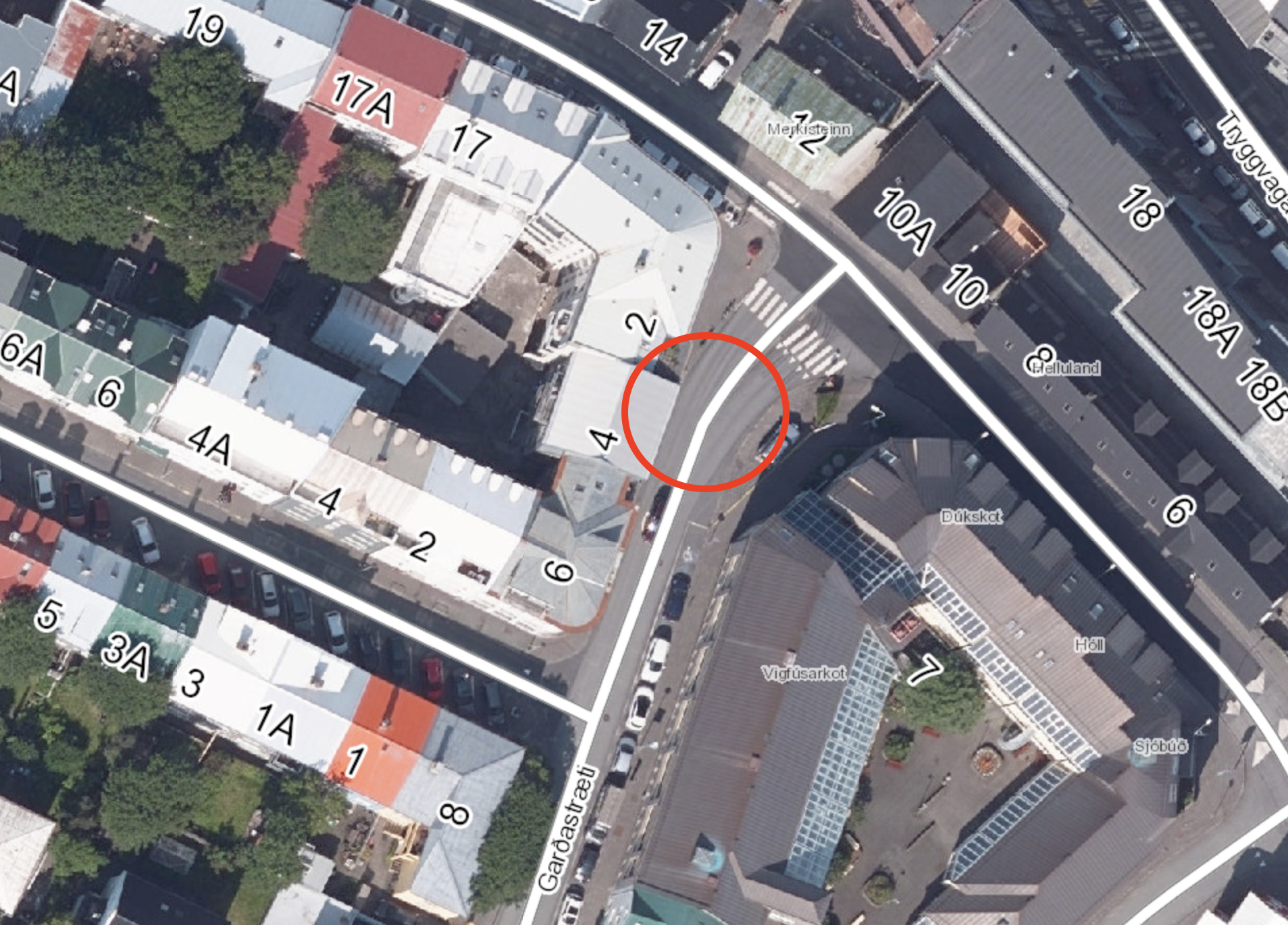
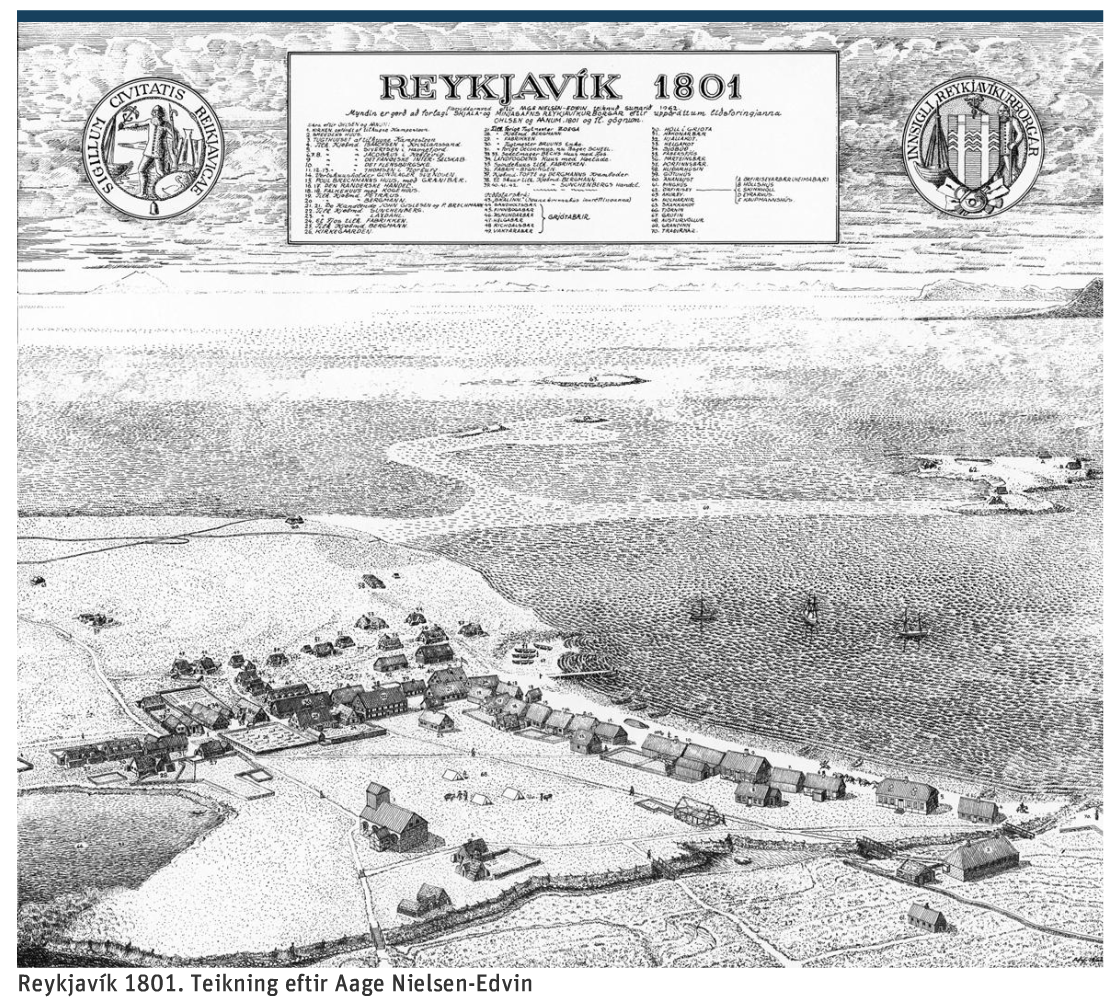
Below is a video of Gróubær, a turf house located next to Dúkskot. On the left in the background you can see the chimney of Dúkskot.
Elliðaey
Elliðaey is an island located in Breiðafjörður - a large shallow bay in the west of Iceland. Elliðaey is surrounded spectacular views of landmarks and seascape; Kirkjufell, Snæfellsjökull glacier, and Látrabjarg can be seen from there. Elliðaey is among 3,000 other islands in Breiðafjörður. Many of those islands used to be habited, but now only Flatey island remains inhabited all year-round.
The town of Stykkishólmur was an important trading post. Magnús ‘lóðs’ Einarsson, Júlíana’s husband, was the harbour pilot for Stykkishólmur when they lived in Elliðaey, and later his son, Jón ‘lóðs’ Magnússon, svo was also the husband of Júlíana’s little sister Hansína Lilja, became the harbour pilot for Stykkishólmur. Stykkishólmur is known for being a very beautiful and friendly town, with a lot of colorful old houses, which the townspeople have striven to rebuild and reserve.
Those living in Elliðaey, 1894. Magnús, Júlíana and their daughter Margrét nr. 320, 321 and 323, Jón ‘lóðs’ nr. 322, and Hansína Lilja and her daughter Júlíana nr. 329 and 330.
Many confuse Elliðaey with another island by the same name, and is a part of the Westman Islands south of Iceland.
Back in 2000, the then Prime Minister of Iceland, Davíð Oddson, stated during a parliamentary session that he wanted the Icelandic government to allow Björk Guðmundsdóttir, a renowned Icelandic singer, to build a house in Elliðaey and live there rent-free, in graditude for her work for the Iceland and its nation. At the time, Elliðaey was owned by the Icelandic government, but nothing came of Björk moving to Elliðaey. Today it is owned by the Stykkishólmur community. But ever since, people outside of Iceland still believe that Björk owns and lives in Elliðaey (and confuse it with the other Elliðaey).
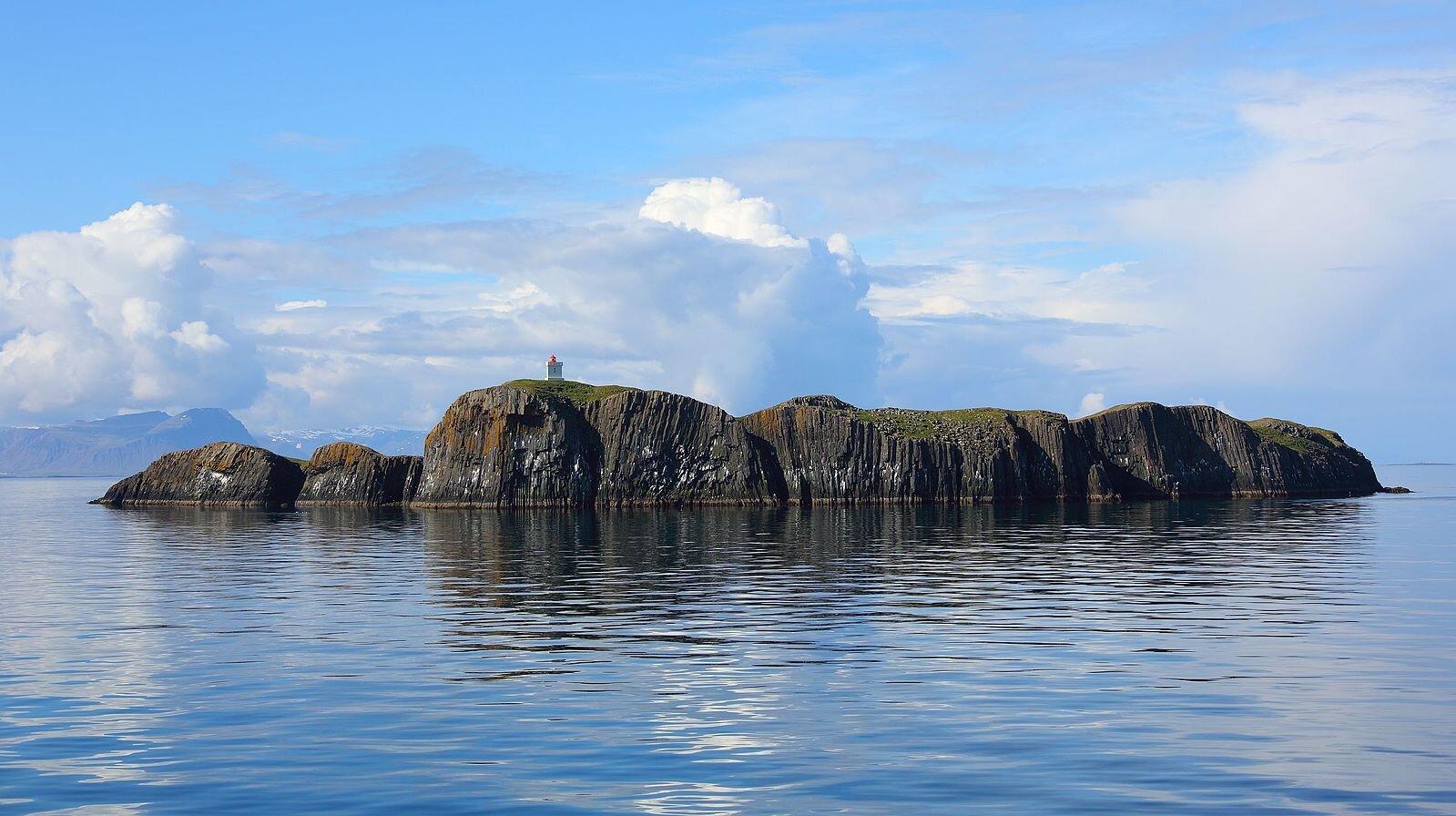
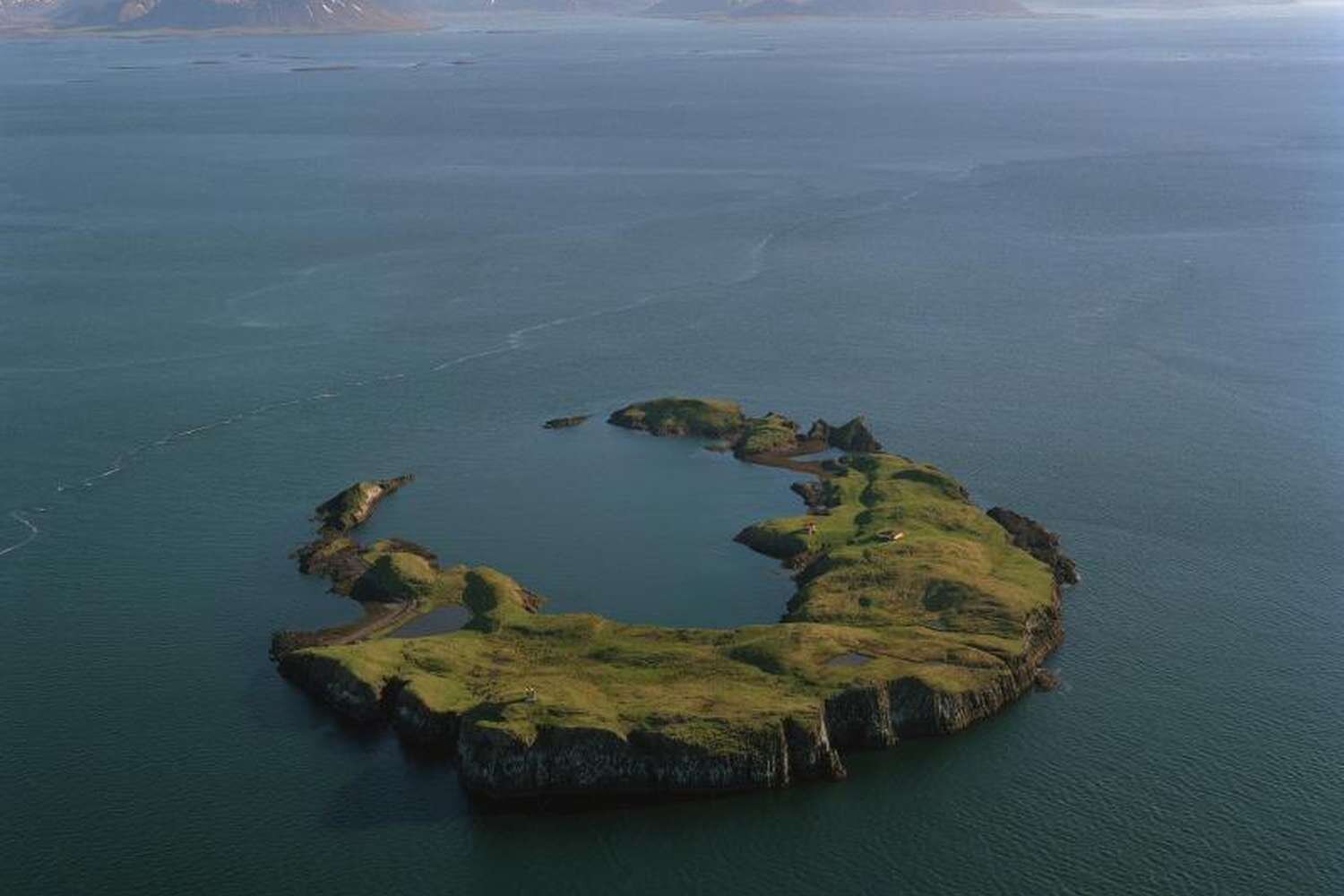
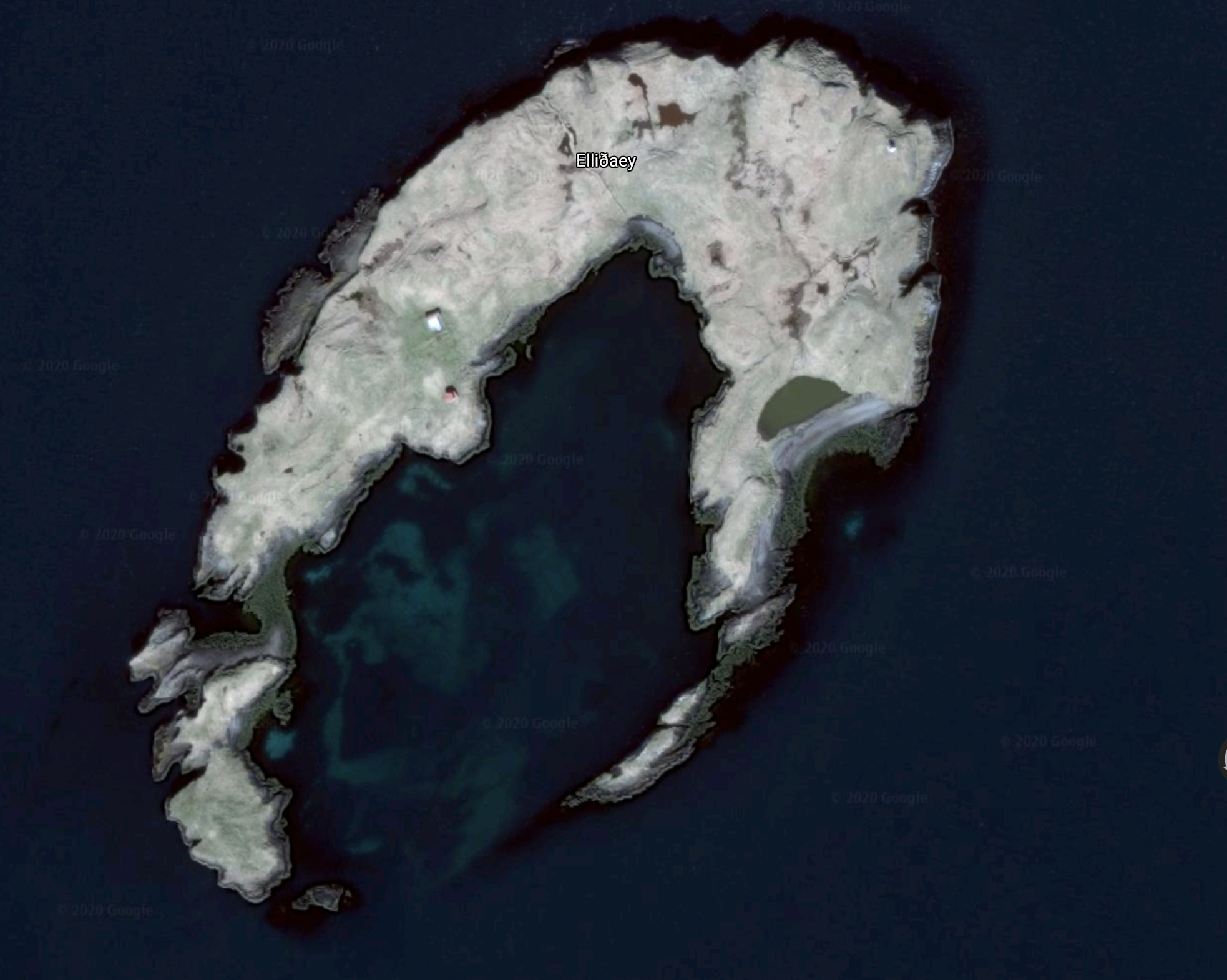
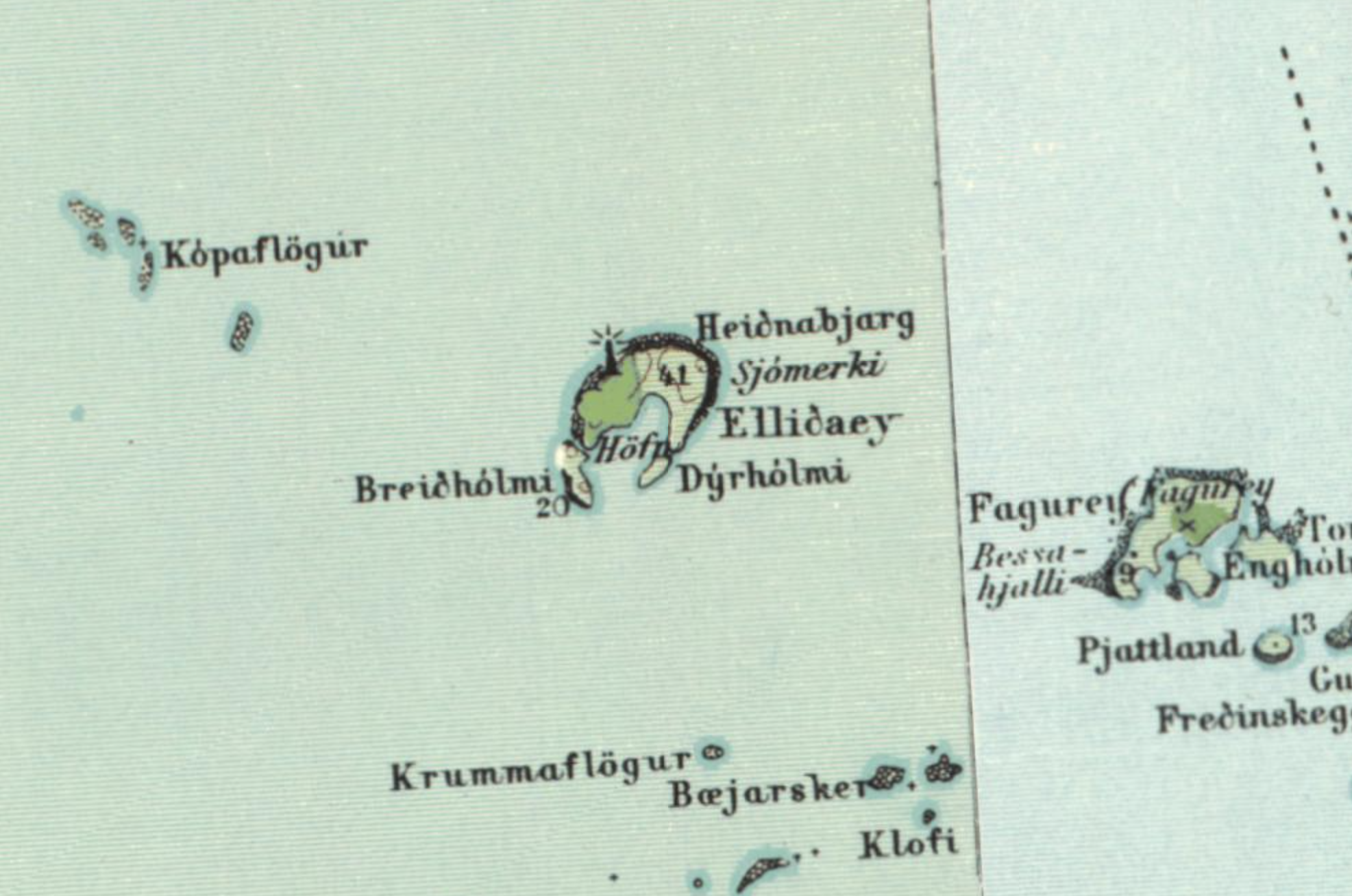

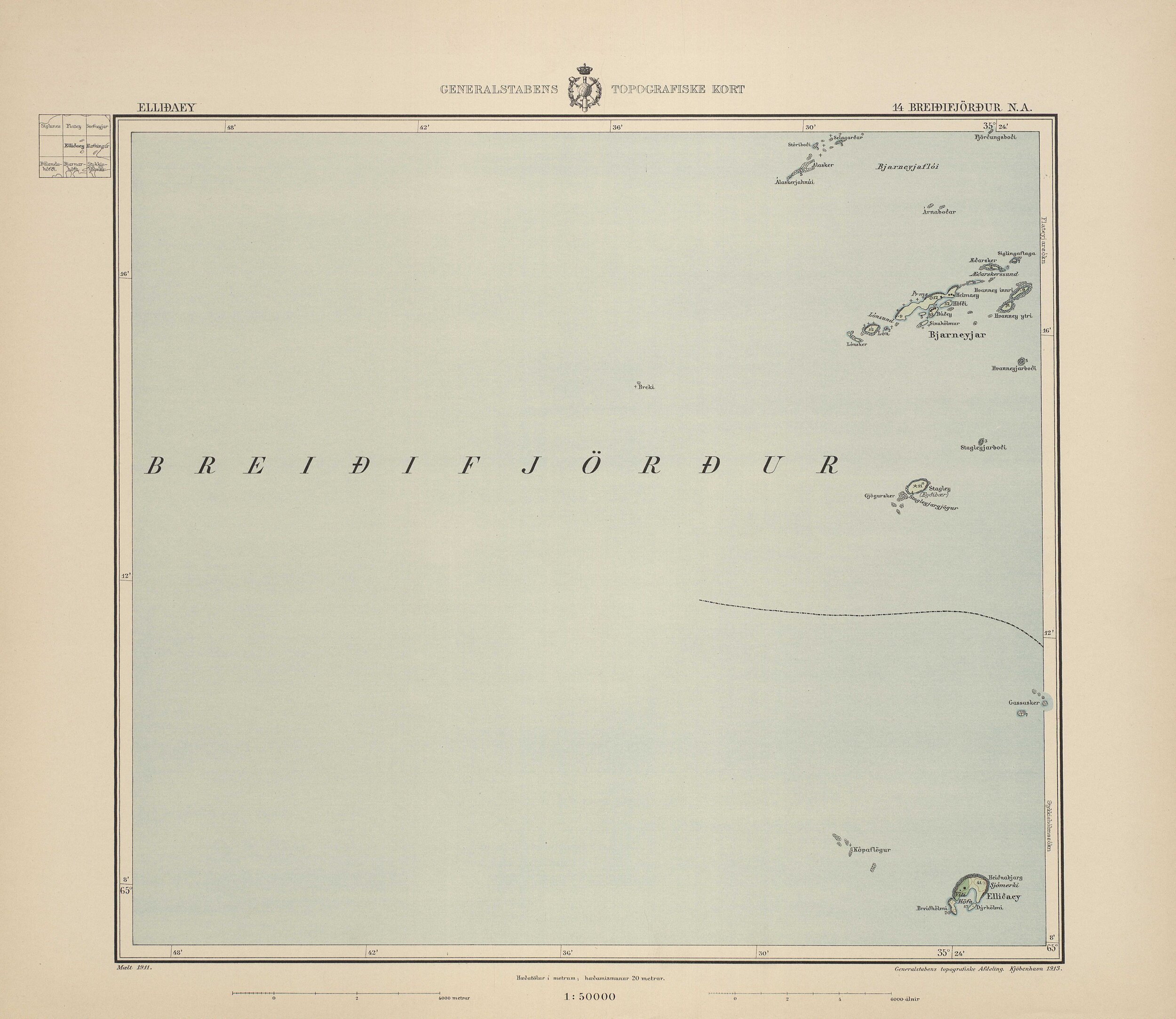
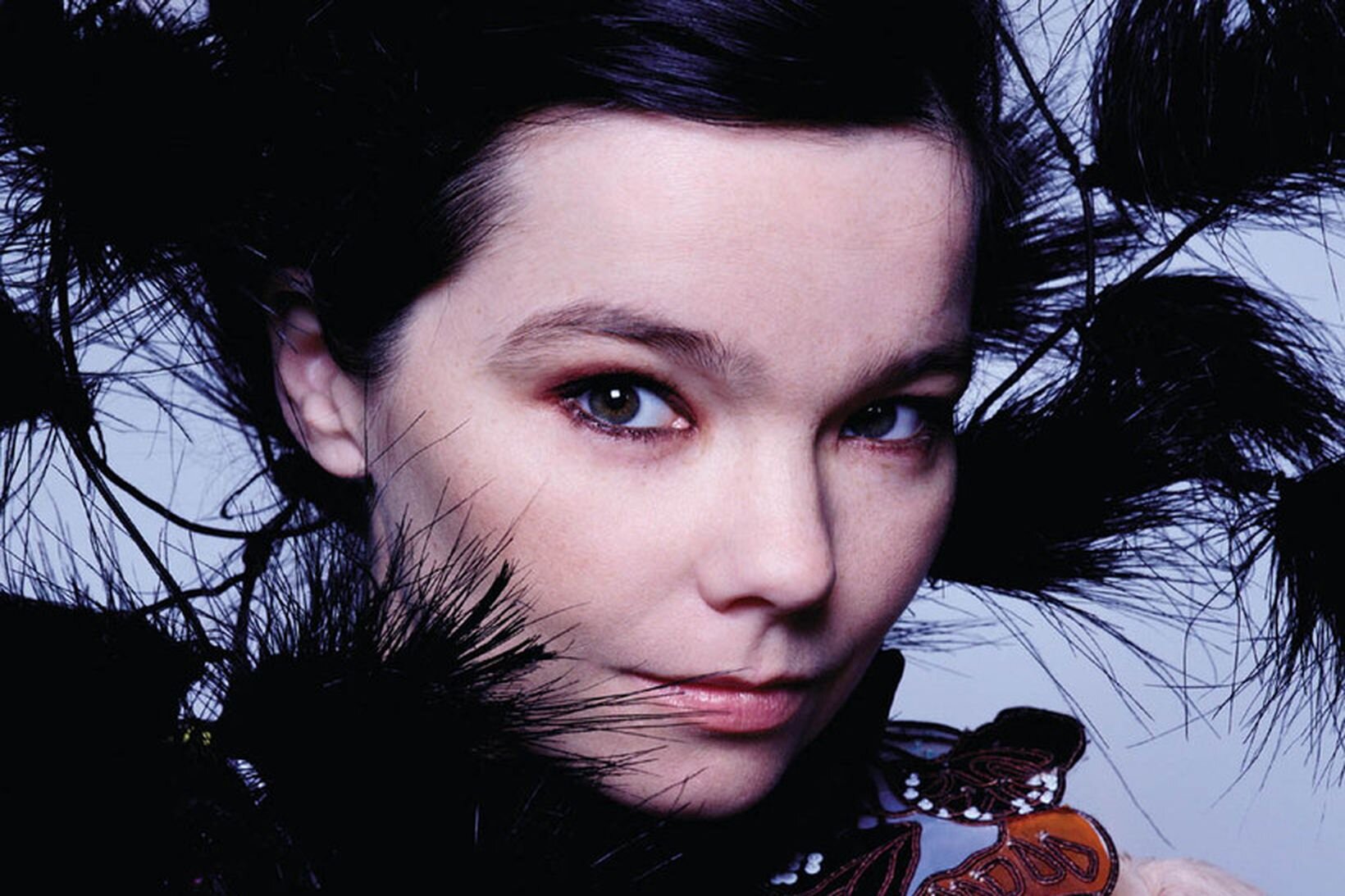
In Other Media
Bróðurmorð í Dúkskoti (Brother Murder in Dúkskot)
In 1996, this radio drama aired January 7th and 14th on Ríkisútvarpið (The Public Broadcasting Company of Iceland).
Unfortunately, for those of you who are not Icelandic speaking, this is in Icelandic.
1st part:
2nd part:
An Interview with Nikólína Sveinsdóttir
In 1965, this interview with Nikólína Sveinsdóttir was recorded by the folklorist Hallfreður Örn Eiríksson. and is now hosted on Ísmús.
Unfortunately for those of you who are not Iceandic speaking, this too is in Icelandic. But in basics, Nikólína is narrating her connetion to Júlíana. Since they worked together, Nikólína used to know Júlíana before she murdered her brother Eyjólfur.
Before the murder happened, Nikólína had moved to Vestmannaeyjar ( = The Westman Islands). She never met Júlíana again, but before her departure to Vestmannaeyjar, Júlíana had told Nikólína she planned on marrying her then partner Jón Jónsson. Nikólína was surprised, since Jón was known to be lazy and not very much a husband material.
Nikólína, as other Icelanders from this time, was sure Jón was the one who ignitiated the murder of Eyjólfur and encouraged Júlíana to commit it.
Listen to the interview below:
Þórðarrímur (Þórður’s Rhymes)
“Sögunnar upphaf segir frá
svinnum Kífmæringi,
Þórður nefndist seggur sá,
sveitar stórhöfðingi
/
The beginning of the story tells
wise Kífmæringur,
Þórður was that man called,
the region’s great chief”
Listen to the Þórðarrímur clip used on the show below:
Sönn íslensk sakamál
In season 3, this case was featured in the Icelandic documentary television show Sönn íslensk sakamál (True Icelandic Crimes) on November 26th, 2013.
Season 3, epidode 6, titled Dauðadómurinn (The Death Sentence).
You can rent and watch this episode on Vimeo. Just click the image to the right.











